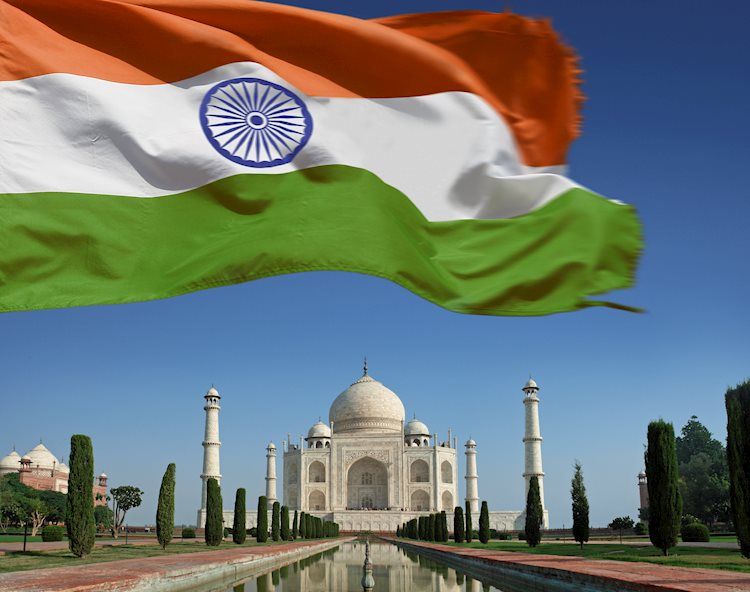The Indian Rupee (INR) has weakened in Tuesday’s early European session, impacted by month-end USD demand and rising crude oil prices. Traders are anticipating the US August CB’s Consumer Confidence report along with other key events scheduled for later in the week. The dovish remarks from US Federal Reserve Chair Jerome Powell at the Jackson Hole Symposium have raised expectations of a deeper rate cut in the September meeting, limiting the upside for the INR. Investors are closely watching upcoming data releases, including the US GDP Annualized for Q2 and Personal Consumption Expenditures (PCE) Price Index, as well as the Indian GDP Quarterly for Q1.
According to Anuj Choudhary, a Research Analyst at Sharekhan by BNP Paribas, the rupee is expected to trade with a slight positive bias amidst global risk sentiments and dovish Fed speak. However, geopolitical tensions in the Middle East and increasing crude oil prices may hinder sharp upside movements. Economic growth in India likely expanded at its slowest pace in a year during the April-June quarter due to lower government spending, as per a Reuters poll. Various US Federal Reserve officials have hinted at potential interest rate cuts, with futures pricing in a near 40% chance of a half-percentage point cut.
Technical analysis indicates that the USD/INR pair remains bullish in the longer term, despite trading softer on the day. The pair is currently above the key 100-day Exponential Moving Average on the daily chart, although it has crossed below the three-month-old uptrend line. The immediate upside barrier for USD/INR is at the 84.00 psychological mark, with further resistance levels at 84.24 and 84.50. On the downside, support lies at 83.77 and 83.57.
In the last 7 days, the USD has weakened against major currencies, with the Swiss Franc being the strongest performer. The heat map shows the percentage changes of major currencies against each other, with the Euro, Pound, and Yen showing gains against the USD. Meanwhile, the Indian Rupee remains sensitive to external factors such as the price of Crude Oil, value of the US Dollar, and level of foreign investment. The Reserve Bank of India actively intervenes in forex markets to maintain stability, while macroeconomic factors like inflation, interest rates, GDP growth rate, and trade balance also influence the Rupee.
In conclusion, the Indian Rupee continues to face challenges amid global factors and market developments. Investors will be closely monitoring key economic data releases and events, including the US Consumer Confidence report, US GDP for Q2, and Indian GDP for Q1. The rupee’s performance will likely be influenced by geopolitical tensions, rising crude oil prices, and expectations of further rate cuts by the US Federal Reserve. Traders will need to remain vigilant and adapt to evolving market conditions to navigate the volatility in the currency exchange market.











